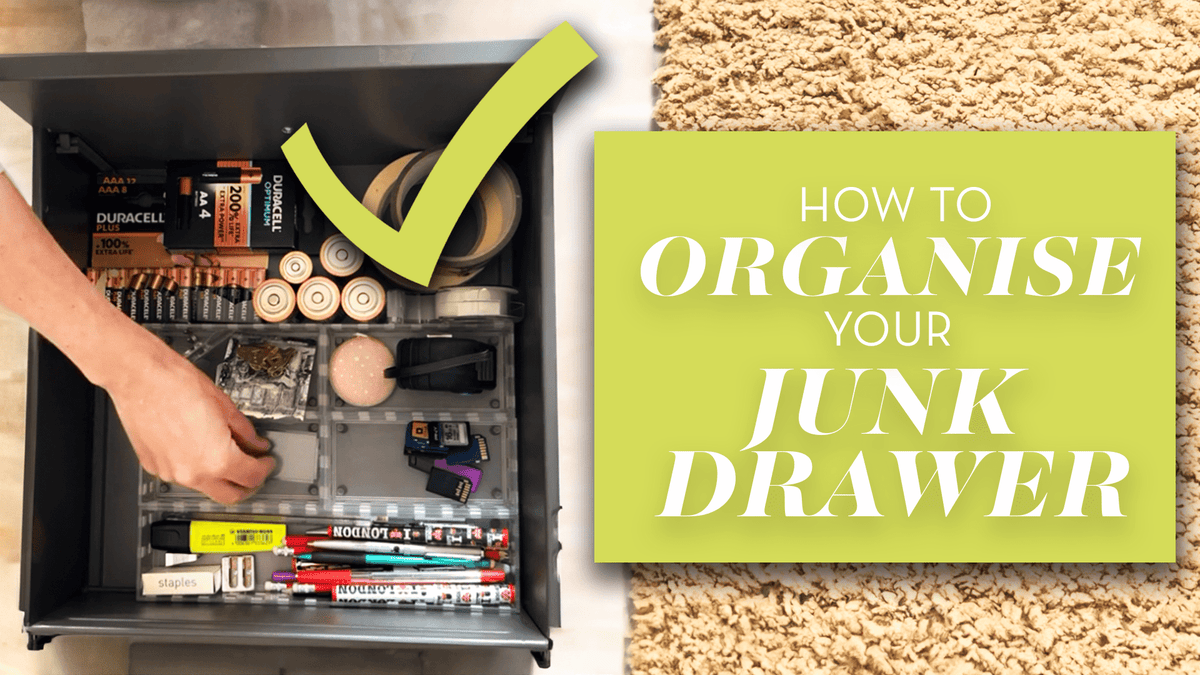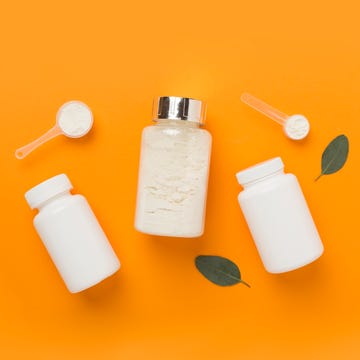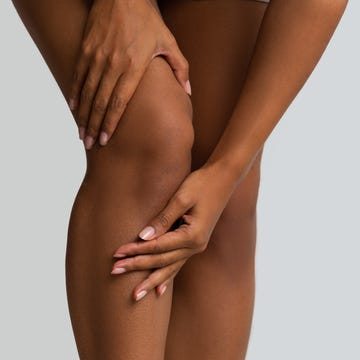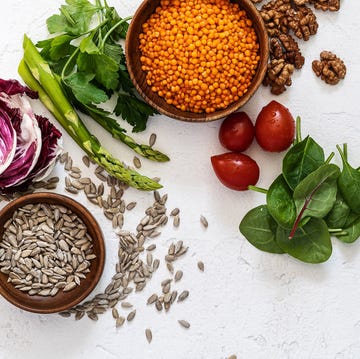Do you find yourself constantly dashing to the loo? Are you endlessly hopping up from your desk, the sofa and then, when night finally comes, your bed, desperately in need of a wee? You’re not alone.
Studies suggest that more than one in 10 adults have overactive bladder syndrome, but women are far more likely to be affected, with 40% reporting symptoms, compared to 30% of men). In fact, a 2022 study suggests postmenopausal women are the group most likely to suffer, while obesity and multiple births will also put you at higher risk. It’s annoying at best, anxiety-inducing at worst. Many assume it’s just another symptom of ageing that we have to put up with. But a growing body of study is opening up a new and exciting avenue for fixing it.
‘Overactive bladder, or OAB, is defined as urinary urgency – that’s the sudden compelling desire to urinate with fear of leakage, with or without frequency (that’s having to pee frequently, more than 8 times a day), and nocturia (getting up at night to pee),’ says Becky Clarkson, research assistant professor and co-director of the University of Pittsburgh's Continence Research Center.
What to read next
OAB sometimes, but not always, includes urinary incontinence, she explains. And it definitely rises with menopause: ‘Some studies report that up to half of postmenopausal women experience OAB,’ says Becky. That’s compared to around 10% of the general population. But why? ‘Postmenopausal hormonal changes can affect pelvic floor muscles and tissue, making the structures that hold back urine weaker, increasing the risk of incontinence. Ageing can also affect bladder control.’
‘I’m passionate about reducing the stigma associated with OAB and incontinence,’ Becky adds. ‘It can severely impact people’s quality of life, especially in older adults, and quite often can be treated to – if not cure – then drastically reduce bothersome symptoms. Unfortunately, many people are embarrassed about talking about their bladders and therefore do not seek help.’
Instead, you might redouble your efforts to remember your pelvic floor exercises. That would certainly help. But Becky and her colleagues are exploring another mechanism for addressing the problem. And it has to do with your mind.
They’re using neuroimaging tools to understand how brain mechanisms might control your bladder, especially when it comes to latchkey incontinence. ‘Latchkey incontinence is when, upon approaching your front door, you feel a sudden urge to urinate that wasn’t there previously,’ she explains. In other words, returning home ‘triggers’ your bladder. Becky’s research shows that there are other common triggers, too, such as doing the washing-up, or even passing a public loo. ‘We think that years of returning home having ‘held it’ for your home toilet produces a conditioned response, like Pavlov’s dogs!’ she says. ‘This is often coupled with OAB and weaker pelvic floor muscles, which makes the response more pronounced.’
Examining sufferers, Becky’s team found they quite often display unusual patterns of brain activity. ‘We found that when just exposed to photos of people’s front doors or kitchen sinks, their brains show different responses to looking at photos of things they feel don’t affect their bladder, such as their living room or TV – safe spaces,’ explains Becky. ‘These brain areas are the parts that are involved in increasing attention and in urinary urgency.’
Next, they set about investigating potential responses. Their discovery? ‘Latchkey incontinence – or as we call it, situational incontinence that encompasses all environmental triggers – was improved by mindfulness exercises and by brain stimulation,’ she says. ‘Situational incontinence is usually a subset of all OAB symptoms, but participants found that their symptoms were improved.’
So, how can you make use of this research, outside of the lab, in your own home and on your own bladder? ‘We used a “bodyscan” mindfulness exercise in our trial, which is not dissimilar to many of the mindfulness exercises that are freely available,’ says Becky. ‘Since mindfulness has no side-effects and can be practised at home using online apps or by seeking experienced practitioners, it’s a great tool to try to reduce OAB symptoms, it just requires a daily commitment to practice.’
Mindfulness could be a game-changer if you find yourself getting caught short, on repeat. Still, Becky emphasises: ‘Many people also don’t realise that this condition can be treated using medications, therapies and interventions. While it can be embarrassing to talk about, we strongly encourage people to discuss it with their GP, as it can very much affect quality of life.’













